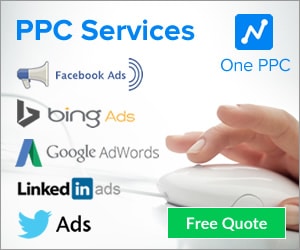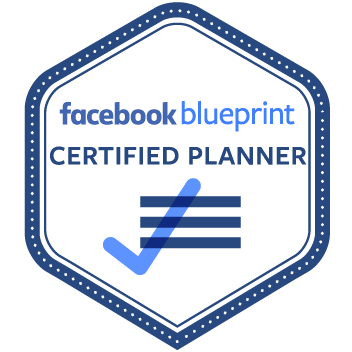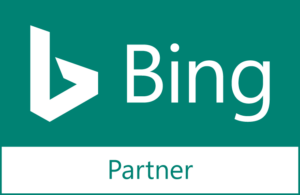Email might not be as flashy as social media marketing or search engine optimisation, which means that it can and does often get forgotten. However, few platforms have a broader reach. Nearly everyone shopping online or signing up to services and platforms on the web has an email address. What’s more, it’s been shown to be one of the most effective and cost-efficient methods of marketing available.
Here, we’re going to provide a few tips to supercharge your email marketing campaign, so you start seeing the results you expect from it and never make the mistake of forgetting again.
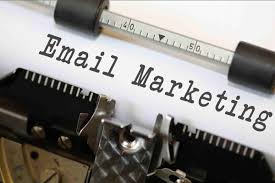
Table of Contents
Use a mix of tactics to build your email signup list
If you’re only relying on customers checking a box to consent to promotional offers and information during their account creation on your website, you’re really missing out on the kind of mailing list that you deserve.
Incorporate a mix of tactics, including signup forms in the navigation, exit intent signup forms, landing pages with signup forms alongside discounts, and calls-to-action at the bottom of your blog posts and informational resources. You can go outside the website, too, asking existing subscribers for referrals and to share content, or by asking followers on social media to sign up directly with a link provided to guide the process.
Know your target audience
There are plenty of ways to personalise your email marketing campaigns that go further than incorporating their first name in the subject line. Email segmentation means splitting campaigns into multiple, targeting different parts of your audience with different content. Segmentation works, too, leading to:
- Increased open rates
- Lower unsubscribe rates
- Increased sales leads
- Greater numbers of transactions
- Fewer spam complaints
- And more
Segment your audiences by gender, age range, site usage, and how often they engage with your emails. You can send content that’s more relevant to them based on their demographic and which products or services they show interest in, and adjust the rate of how many emails you send a month based on whether they’re likely to open more or fewer of them.
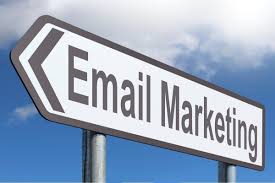
Keep it conversational, keep it valuable
If a customer opens an email only to be exposed to paragraphs of marketing fluff and industry jargon, they’re not only likely to immediately close it, but they may believe they’re not the target audience and click that unsubscribe button.
When it comes to email marketing, you have a shorter window to engage and interest them, so you have to focus on value above all else. Deliver the relevant information in the first paragraph and use the rest to expand on it. This means skipping the storylines, keeping pleasantries brief, and never padding it out to hit a word count.
Just as importantly, you should write like a human. If it’s exciting news, show some excitement. If it’s a simple transactional or functional email, try to keep it in your natural speaking voice. Using humour, personality, friendliness, and seriousness appropriately helps you build trust and avoids making it look like your emails are just another cynical conversion tool
Formatting is key
Your emails have to look clean and crisp to engage with more people. If they’re flooded with long paragraphs, no-one’s going to read them. Cheap visual effects plastered onto a regular email can make your brand look unprofessional as well.
The best option is to use the templates provided by email campaign tools, incorporating your own logo and brand imagery to customise it to your own business. From there, here are a few tips on how to better format them:
- For stat heavy emails, consider using infographics instead of text.
- Use short paragraphs focusing on specific points you want to make broken up by images.
- Use bullet points, graphs, and other ways of formatting information to make it easier to read.
- Segment and break the text up with different content boxes, broken up by images and videos as is important, but don’t use too many images as this is often treated as an indicator of spam.
- Bold bits of text such as keywords and phrases that are of most value to the reader, whether it’s a convincing stat, a call-to-action, or something else.

Know the purposes of different campaigns
The content you include, how you personalise them, and who you send your emails to should differ depending on the type of email campaigns that you’re running. There are three major different kinds of email marketing, which fall into the following categories:
- Transactional emails: These are often sent automatically as a response to customer behaviour, such as when they complete a purchase, sign up for the first time, track an order or so on. However, they do have a potential for cross-selling and up-selling opportunities, especially as they’re more likely to get opened than other types of email.
- Promotional emails: Marketing and informational emails that often detail a featured product, whether it’s a new addition to your site/company, based on past products they have look at or bought, or discounted. This also includes announcements, follow-up emails and surveys.
- Operational emails: The hum-drum but essential, this includes changes to service availability, an announcement of holiday closures and so on. While predominantly practical, their higher open rate than promotional emails can make them valuable. So, for instance, you can use them to build anticipation during a holiday closure by giving them a sneak peek of improvements or new products and services coming after your return.
Make sure your subject lines are convincing
You have only a couple of seconds to convince people on your mailing list to engage with your email. It’s the amount of time that it takes them to read the subject line. As such, you have to make sure that they’re convincing. Mostly, it’s about keeping them concise and making sure their value is front-loaded.
What’s the biggest selling point of the email? Is it news on new products they might be interested in? A discount they can take advantage of? Updates to the site that make it easier for them to use or shop? Come out with that value first and use power words like “hurry”, “celebrate”, and “upgrade” that have been shown to increase email subject line opens. Numbers and stats can be more convincing than “more” or “better” so don’t be afraid to incorporate them when possible.
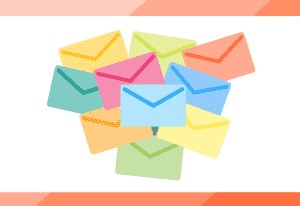
Don’t forget the call-to-action
Your emails shouldn’t simply be there to inform and update your mailing list, unless they’re purely functional emails, such as informing them of a site/store closure for the holidays. In all other cases, they should be there to give them a course of action, whether it’s reading a new blog post, checking out a product, capitalising on a discount or even just sharing the email.
Make sure that all of your emails have some sort of call-to-action. It may have multiple if you’re sending a news roundup with several actionable segments. Try to incorporate the appropriate links into your calls-to-action as well so it seems like you’re asking less of them and just encouraging them to take the next step.
Calls-to-action are effective. What’s more, giving them the next step on a platter works better than simply telling them what to do.
It’s time to make your emails matter
When it comes to lead nurturing, building referrals, picking up after shopping cart abandonment, and retaining customers, few methods work as well as email marketing. Hopefully, the tips above show you how to get more out of your email campaigns to truly see the potential of this kind of campaign.

